How to Create a Content Calendar That Actually Works
Consistency is key to social media success but it’s tough to stay on track without a plan. That’s where a content calendar comes in. A well-organized calendar helps you schedule posts, plan campaigns, and keep your messaging on point, all while saving time and reducing stress. Here’s how to create one that actually works for you.
Why You Need a Content Calendar
Without a calendar, posting can become random and reactive. You might scramble for content ideas, post unevenly, or miss important dates. A content calendar brings order and purpose to your social media, letting you:
Maintain consistent posting
Align content with business goals or promotions
Balance different types of posts (educational, promotional, inspirational)
Plan ahead for holidays, launches, or events
Steps to Build Your Content Calendar
1. Choose Your Tools
Start simple: use a spreadsheet, Google Calendar, Trello, or specialized apps like Later, Asana, or CoSchedule. Pick what feels easiest and fits your workflow.
2. Define Your Posting Frequency
Decide how often you’ll post on each platform. Start realistic, 3 to 5 times a week is solid for most brands and adjust as you grow.
3. Plan Your Content Themes
Create recurring themes or categories like Motivation Monday, Tip Tuesday, Feature Friday to keep content varied and predictable.
4. Populate Important Dates
Add holidays, industry events, product launches, and any other key dates relevant to your audience or brand.
5. Brainstorm Content Ideas
Fill your calendar slots with ideas aligned to your themes and dates. Mix formats like images, videos, stories, and polls.
6. Schedule and Automate
Use scheduling tools to set posts in advance so you can batch your work and free up time for engagement and creativity.
Tips to Make It Work
Review and adjust your calendar monthly based on analytics and feedback.
Leave room for flexibility, not every post has to be planned weeks ahead.
Collaborate with your team or influencers to keep ideas fresh.
Don’t forget to include calls to action and hashtags for maximum impact.
Final Thought
A content calendar isn’t about rigid control, it’s a tool for focus and flow. By planning ahead, you reduce stress, maintain consistency, and create content that truly connects. Start simple, stay flexible, and watch your social media grow.

